Decarbonize Your Hearth with an Electric Fireplace
Humans have a primal attraction to a crackling flame and the ambience of a cozy fireplace. Architect Frank Lloyd Wright called the hearth the “the psychological center of the home,” and designed all his residences around a central fireplace.
For the majority of humans who now live in urban areas, a traditional wood-burning fireplace is not a practical or healthy option (for reasons we explain below). This reality has made gas fireplaces popular because they pair the beauty of fire with the convenience of a switch and without the hassle of chopping wood and lighting a flame. But because elimination of gas is a fundamental tenet of decarbonized living, and we all love a cozy fire, we need alternative decarbonized hearth options. Enter the electric fireplace.
The State of American Fireplaces
First, a little context on the hearths in American homes. Many new homes in the US have a fireplace, yet the traditional wood-burning one is disappearing. New homes with fireplaces of any kind declined by almost two-thirds from 1978 to 2017, possibly because fireplaces are plagued with problems like heat loss through the chimney, indoor air pollution, and risk of fire spreading. However, according to the National Association of Home Builders’ What Home Buyers Really Want, 55% and 48% of home buyers rate gas- and wood-burning fireplaces, respectively, as desirable or essential, and this share has been increasing since 2003.
Why Fireplaces Matter
Research consistently finds that traditional wood-burning and gas stoves are bad for indoor and outdoor air quality and create serious issues for human health and the environment. Burning wood releases harmful gas and particulate matter that leads to respiratory issues for people living in the home and around it. It’s one of the biggest sources of air pollution in the county where we live. Natural gas also pollutes indoors through combustion and leaks and releases significant outdoor pollution, including NOx and carbon dioxide. Air quality districts in California are beginning to phase out any natural gas combustion in the home because the air pollution exceeds that of gas power plants. Other countries have similar issues. In the UK, for example, fireplaces and stoves are now the largest single source of primary particle pollution, greater than traffic and industry!
Fortunately there is a great way to create a clean, healthy, low-carbon ambience with the feel of old school flames: the electric fireplace is the future home hearth. Because electricity is getting dramatically cleaner every year, with the rise of renewables and the demise of coal, electric fireplaces offer a cozy vibe without any of the negative health or environmental impacts.
Until recently, fireplaces were synonymous with combustion, and the words “electricity” and “fire” were rarely paired together in a positive way. When we think of electric heat, many of us imagine the glowing red, inefficient electric resistance coils that are hardly associated with a comforting fireplace. But like so many new, clean electric home technologies, the electric fireplace has undergone rapid, and appealing, changes over the past 10 years.
Benefits of Electric Fireplaces
The electric fireplace is a radically improved, often overlooked technology that has a lot going for it:
- Ambience: You may be surprised to know that electric fireplaces can provide a great-looking flame. Thanks to LEDs and a mirror element that rolls and reflects light, many electric flames look pretty realistic. You can enjoy them around the clock and any time of year because most models allow you to use the flame without the heat. Some models offer an option to change the color below the flame, which is our kids’ favorite party trick. Some varieties come with a material that sits in front of or below the flame to anchor it like a real fire. Since there’s not a real flame, you can use whatever material you want, including wood or stone to give it a natural look.
- Safety: Unlike combustion fireplaces, the electric varieties have no risk from open flames or sparks that could lead to an uncontrolled fire. They are cool to the touch, making them great for homes with kids and pets. They safely operate near other appliances, including below TVs, which is a common set up.
- Cost: Electric fireplaces are, by far, the most inexpensive type of fireplace to buy and install. The unit itself averages $1000, but you can find models as low as $200, compared to $1500 to $3500 for a gas fireplace insert. They are also much cheaper to install than gas or wood stoves, which typically run $2,000 to $10,000, because they require no outdoor venting or permitting. They simply plug into an outlet.
- Improved Air Quality and Health: As discussed above, burning wood and gas creates significant amounts of indoor and outdoor air pollution.
- Carbon-Free: Of course, for us, committed to decarbonizing our lives, the number one benefit is the ability to remove natural gas from your home and run a fireplace on clean, emissions-free electricity.
Our Electric Hearth
Our 1987 ranch home didn’t have any kind of fireplace when we bought it in 2012. In 2015 we moved a pellet stove from our former house into an addition we built (we’ll cover the pros and cons of pellet stoves in a future article). In 2020, after hunkering down at home during the peak of the pandemic, we decided to invest in some home hygge and create a hearth to define our main living area, hide an unsightly electrical panel, and provide some storage. This simple, affordable project improved our home’s beauty, functionality, and carbon impact.
After much online research, we went to a local Portland electric fireplace store to check out the electric flames in person. We opted for a Dimplex because of the size (20 by 34 inches), which was the right proportion for our design, and realistic flame. We designed a hearth, mantle, and built-in cabinets and hired a local handy-person to put it all together over a long weekend when we were out of town.
The fireplace unit cost $700 and we spent close to $2500 on labor, lumber, drywall, and minor electrical work to build the hearth. This cost includes the plywood cabinets on either side.
The fireplace wonderfully defines our living room, which previously felt a bit anchorless in our open plan living area. It also provides heat, though we don’t turn on the heating element very often because it’s electric resistance, and our ductless heat pump is on the same wall. It came with unappealing plastic jewel-like rocks that sit on an interior shelf below the flame, and we replaced them with real rocks from the Oregon coast.
- Wall-mounted electric fireplace. Image courtesy Modern Blaze.
- Modern standalone electric fireplace. Image courtesy of Cambridge.
- Electric fireplace insert. Image courtesy Electric Fireplaces Direct.
Options for Your Electric Hearth
While we went for the built-in model because of our other project goals, there are lots of options for standalone electric fireplaces. Our product selection was based on the dimensions that best fit our design and had the most realistic looking flame. Depending on your goals, and the configuration of your home, you may consider one of the following:
- Wall mounted can be hung right on your wall, like a piece of art or flat-screen TV.
- Built-ins fit into a custom structure so they are flush with the wall, like our fireplace.
- Inserts are well suited for homes with existing wood burning fireplaces and can sit in the existing opening.
- Standalone models allow you to plug a fireplace into any outlet and create great ambience in any room. A great option for renters.
- Water Vapor is even an option! These can be filled manually or connected to a water line to create vapor resembling smoke.
While you can find electric fireplaces that cost thousands of dollars (typically the long narrow, built-in variety), all of the models shown here are only a few hundred.
For more on electric fireplaces, check out this fireplace guide from Modern Blaze and this Electrify Now video.
This article is part of a series by Naomi Cole and Joe Wachunas, first published in CleanTechnica. Through “Decarbonize Your Life,” they share their experience, lessons learned, and recommendations for how to reduce household emissions, building a decarbonization roadmap for individuals.
The authors:
Our team researches products, companies, studies, and techniques to bring you the best of zero building. Zero Energy Project does not independently verify the accuracy of all claims regarding featured products, manufacturers, or linked articles. Additionally, product and brand mentions on Zero Energy Project do not imply endorsement or sponsorship unless specified otherwise.


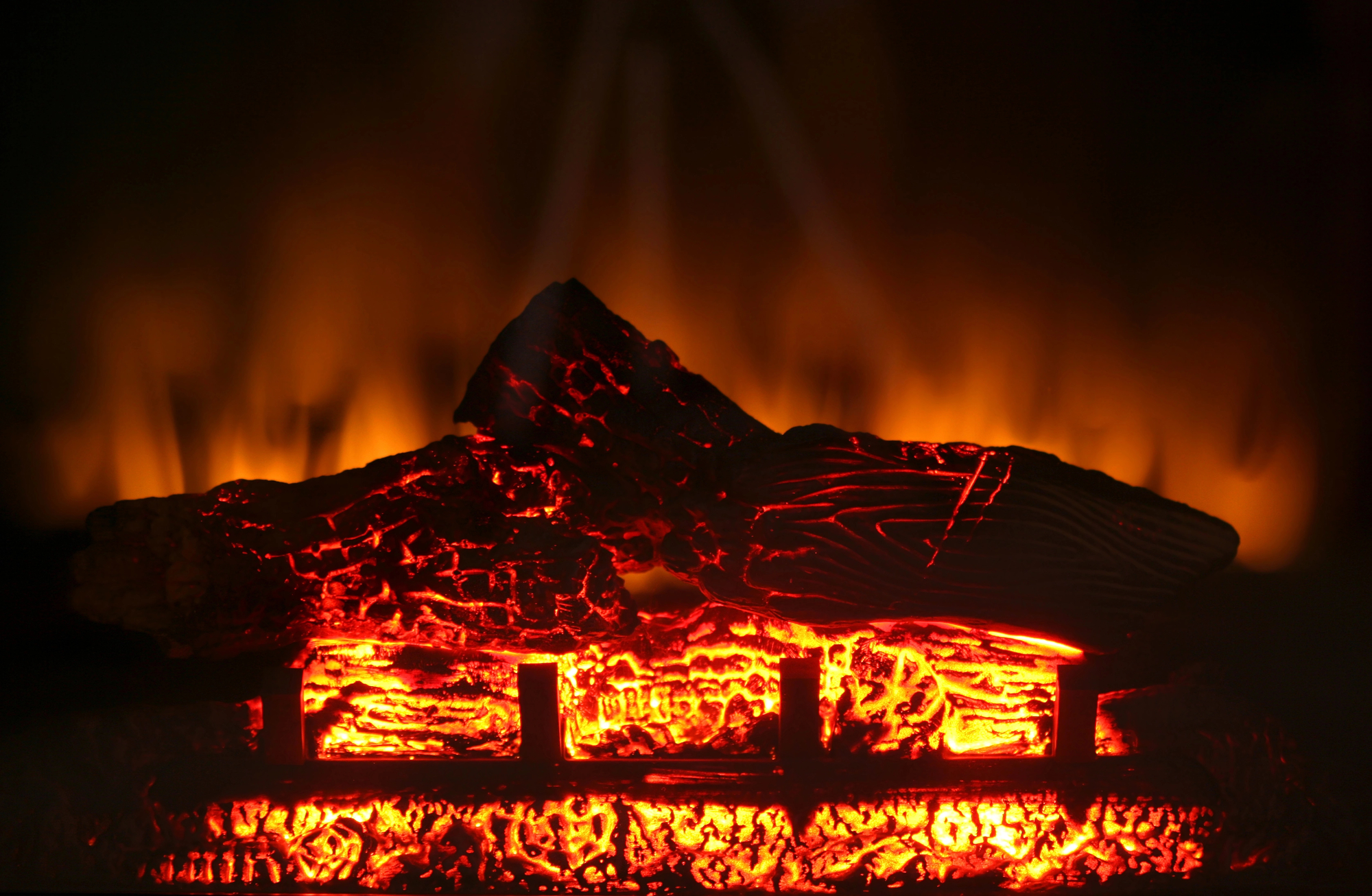
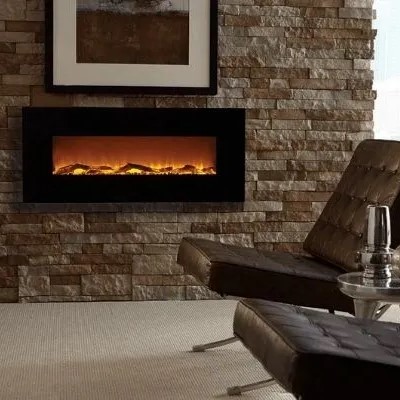
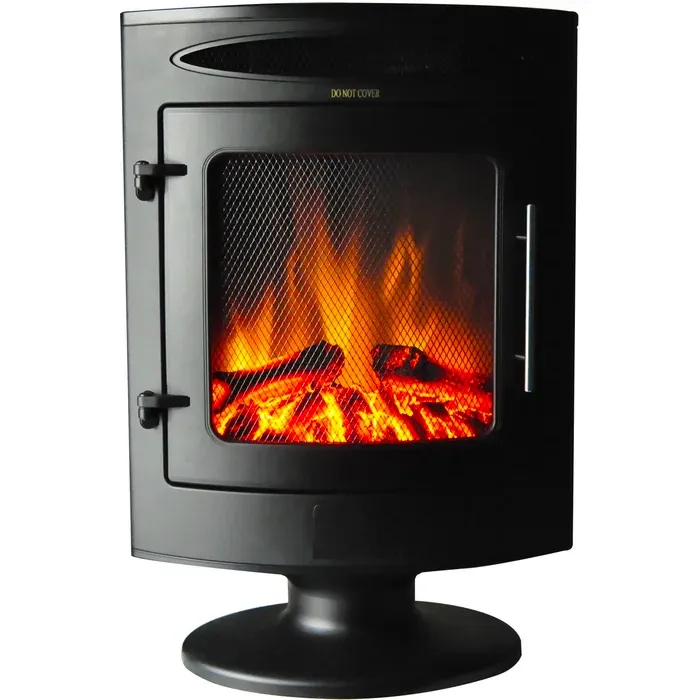
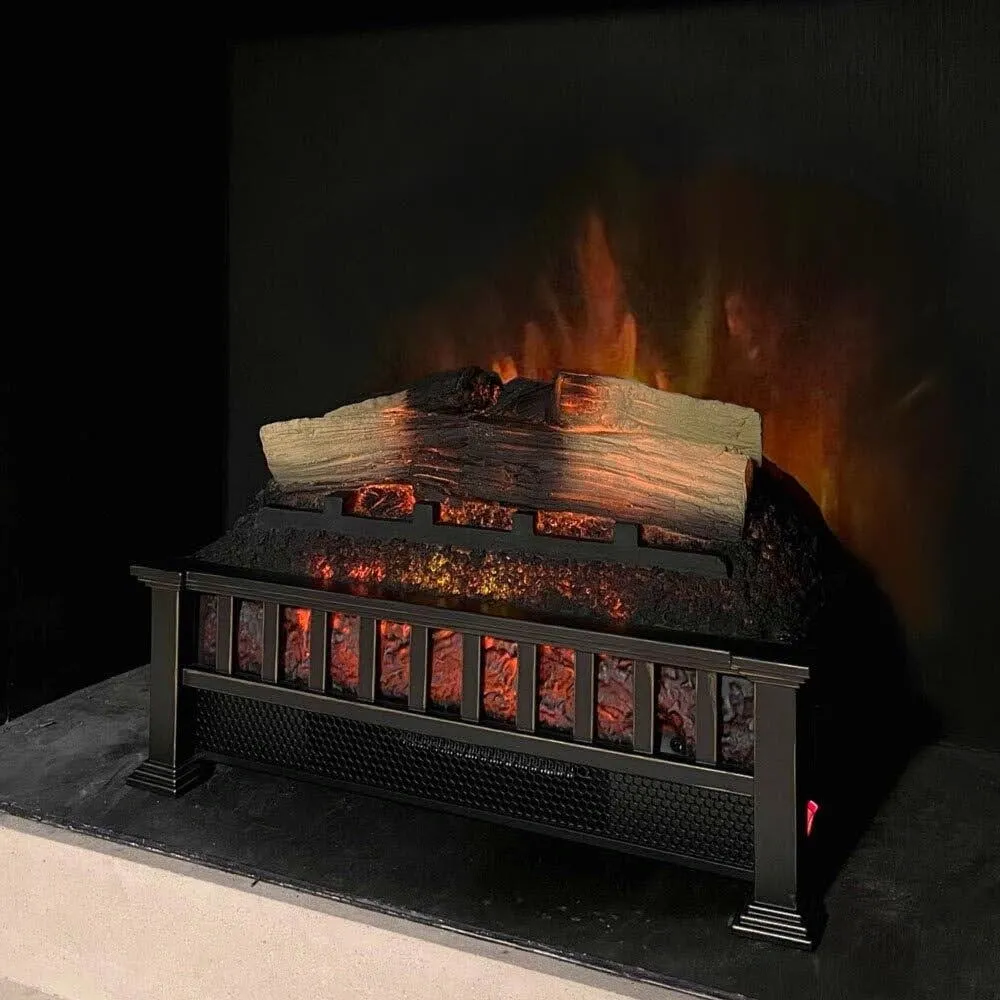


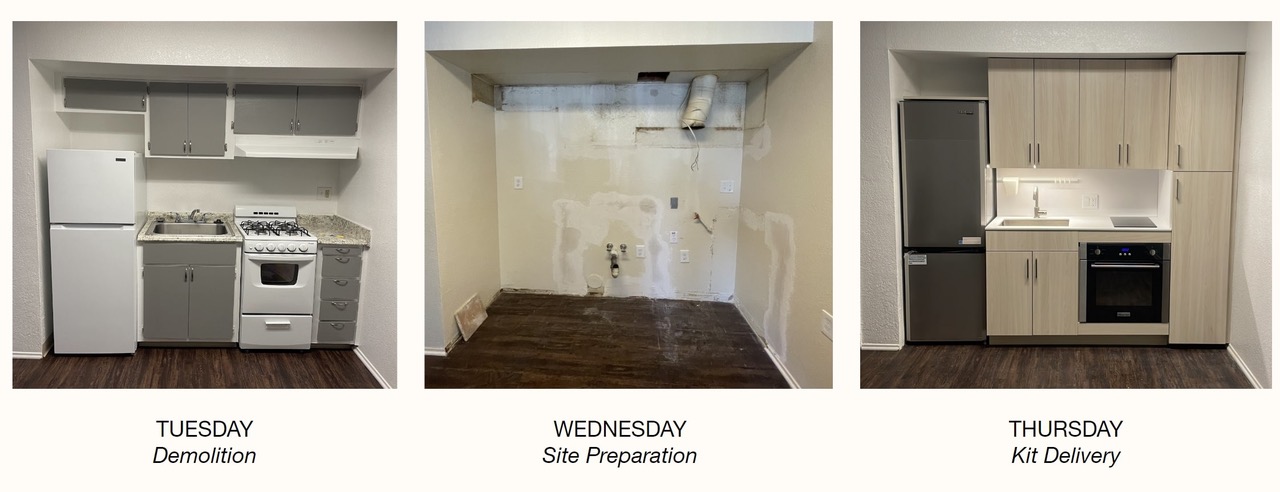

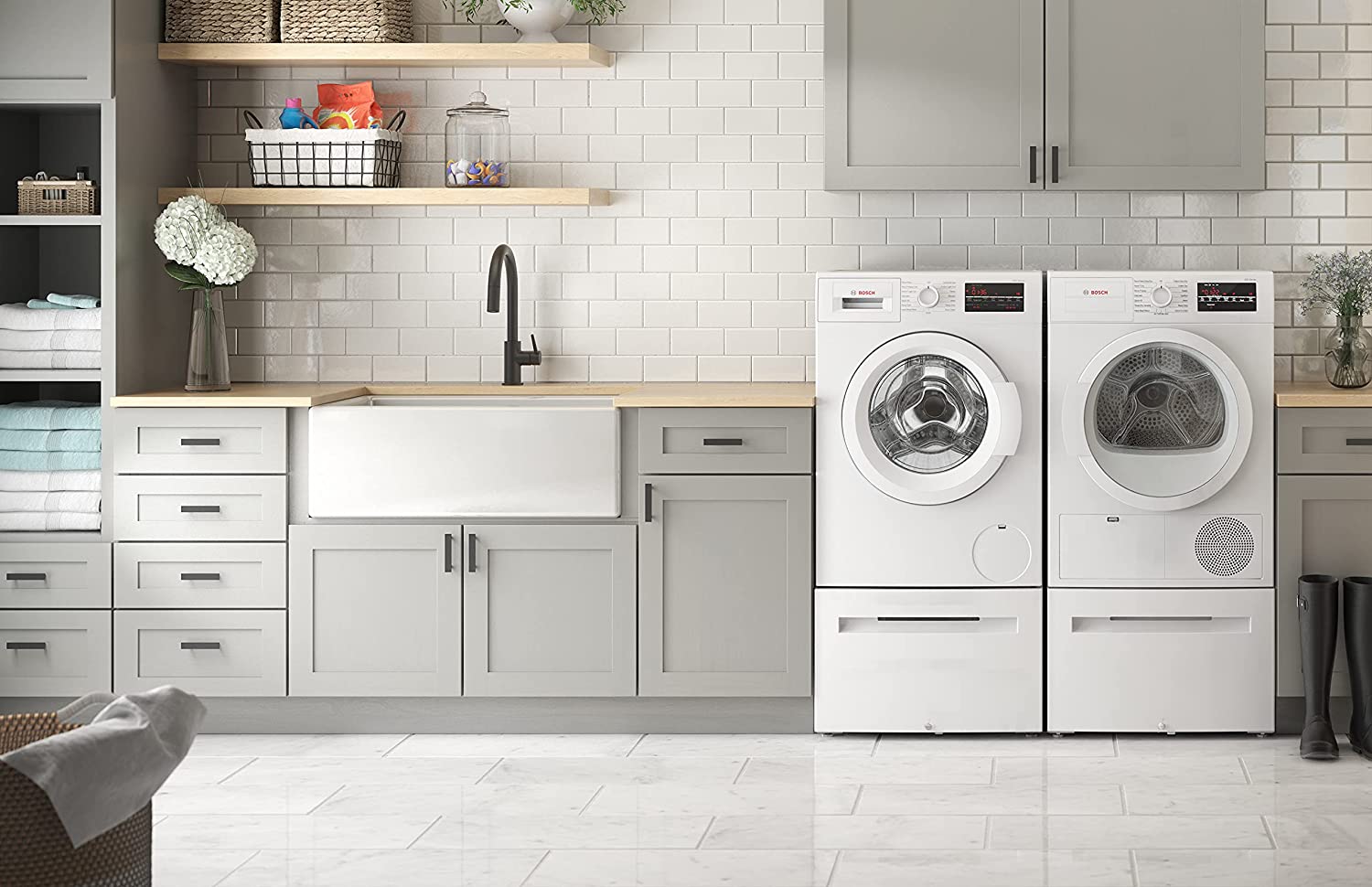

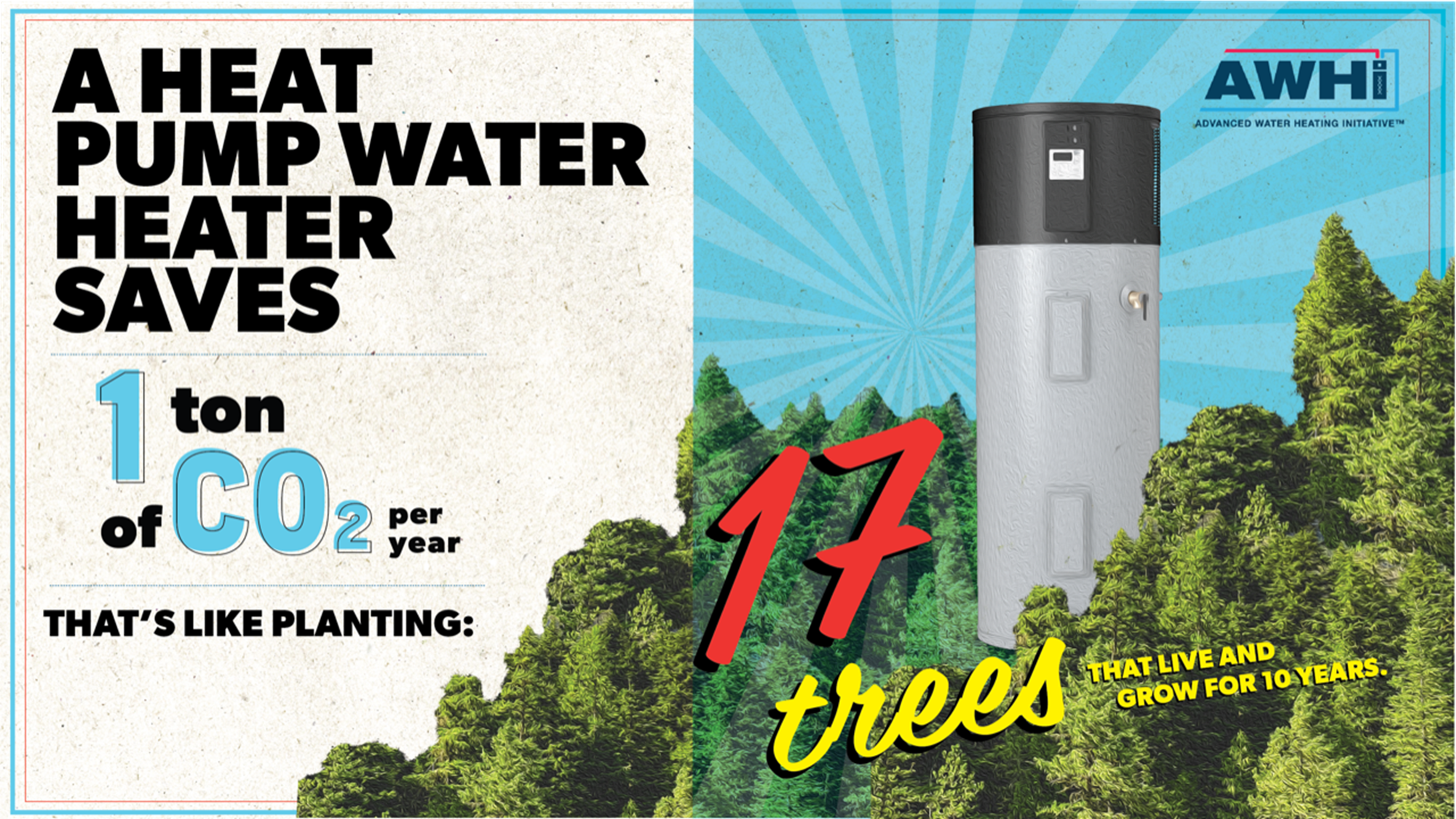
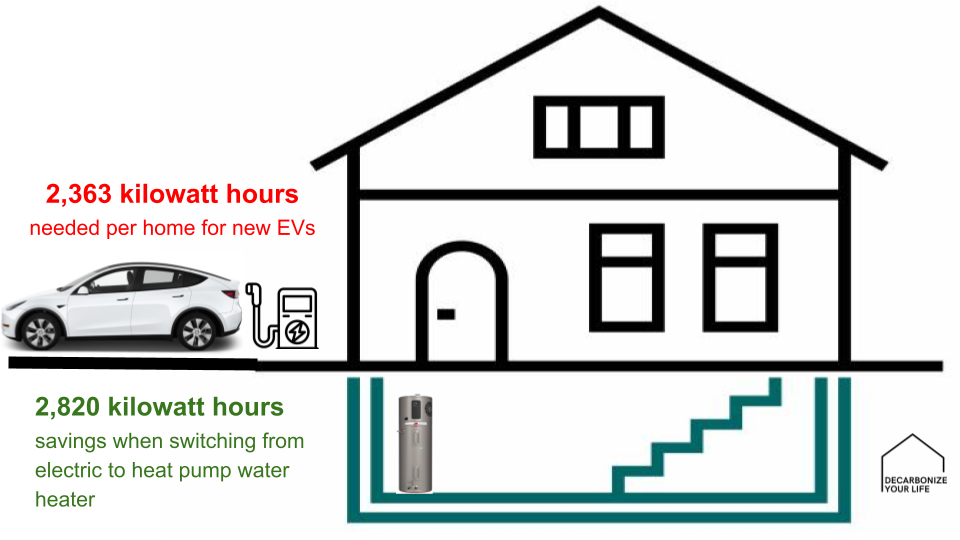
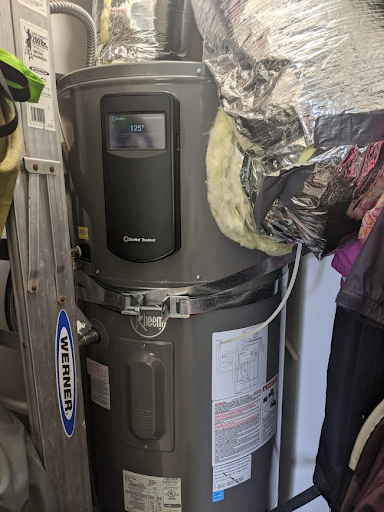
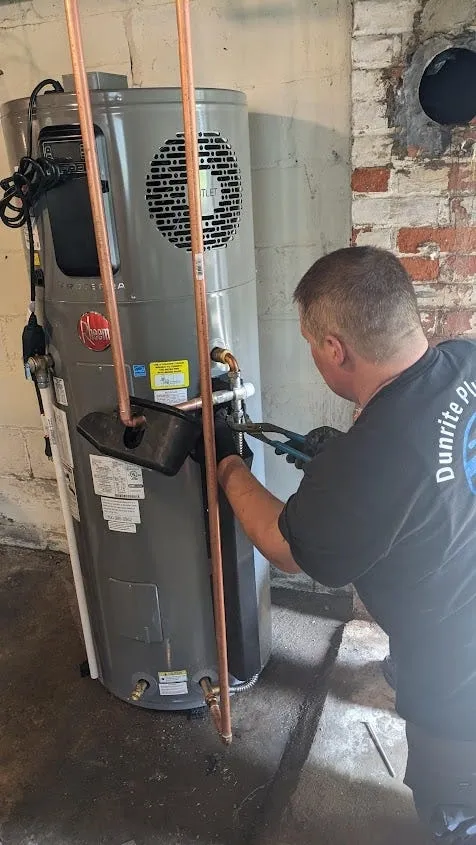


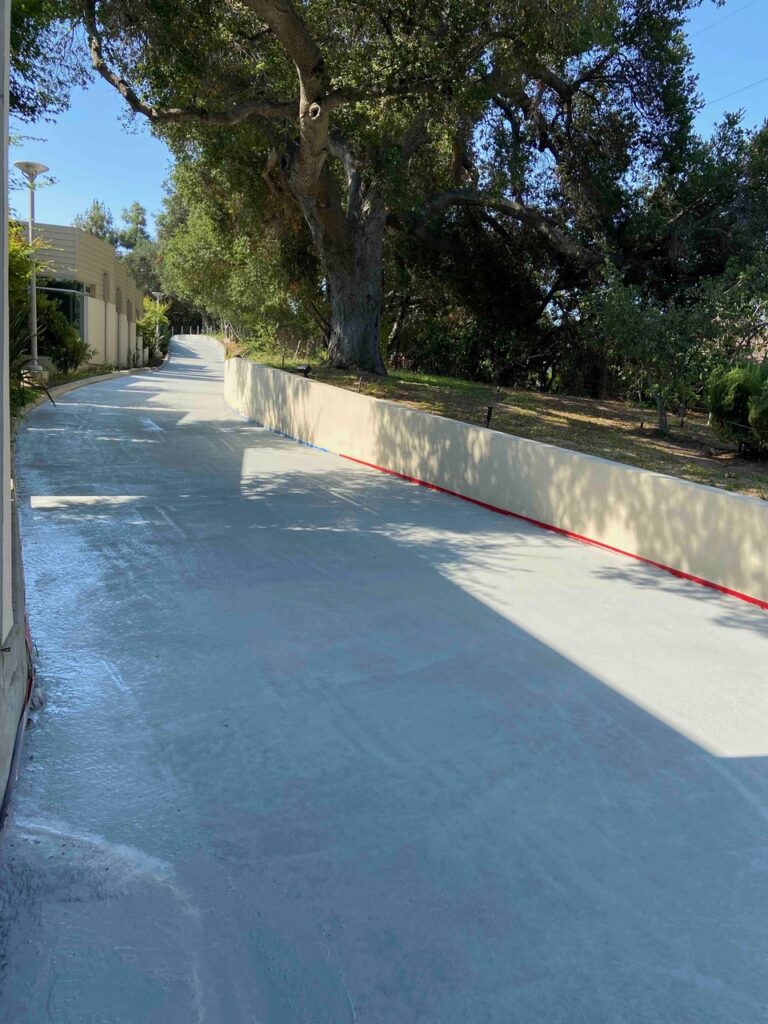
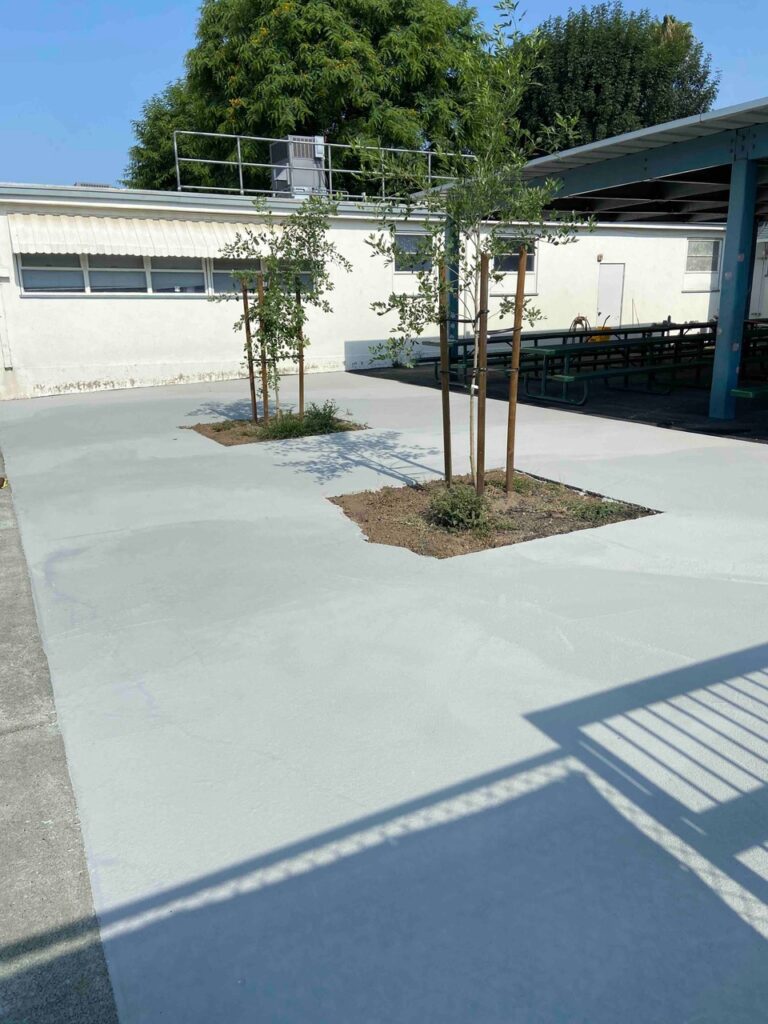
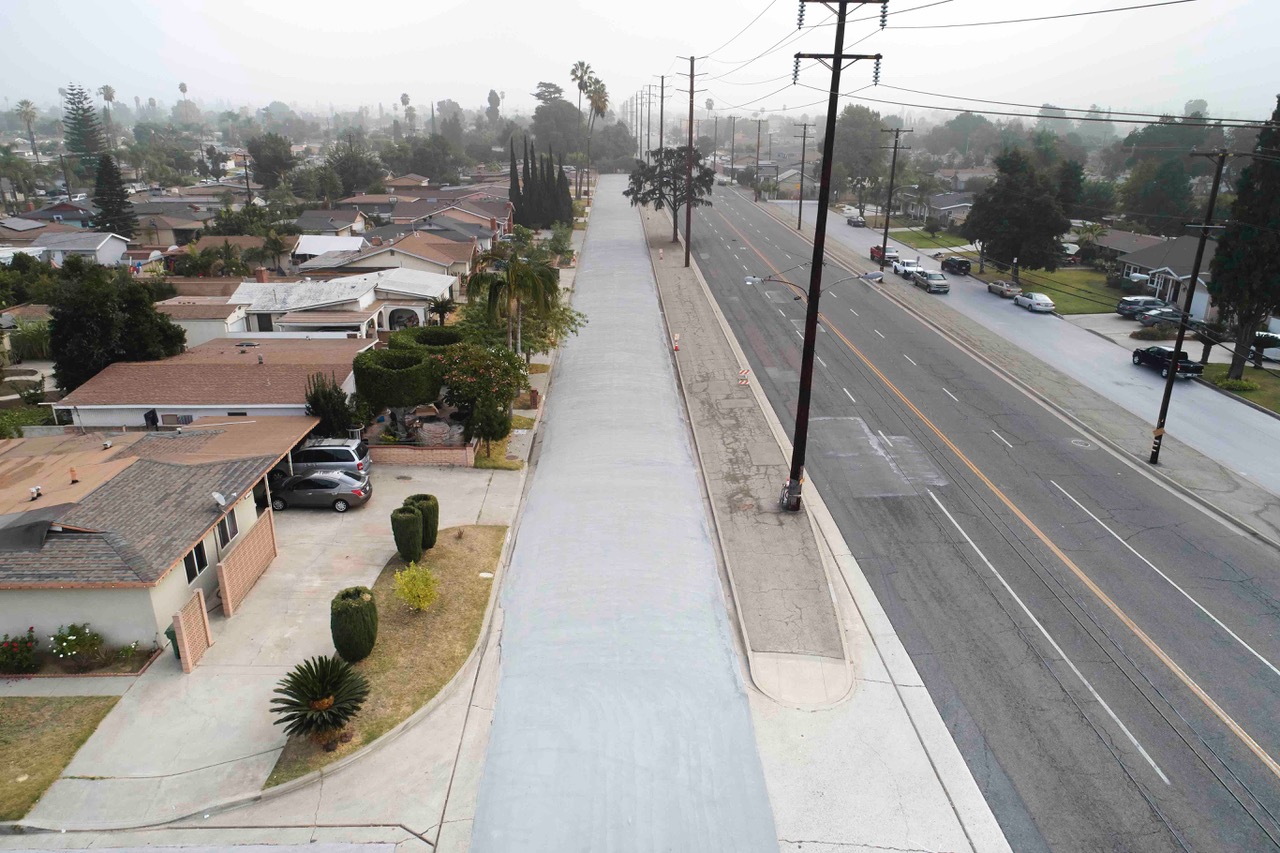


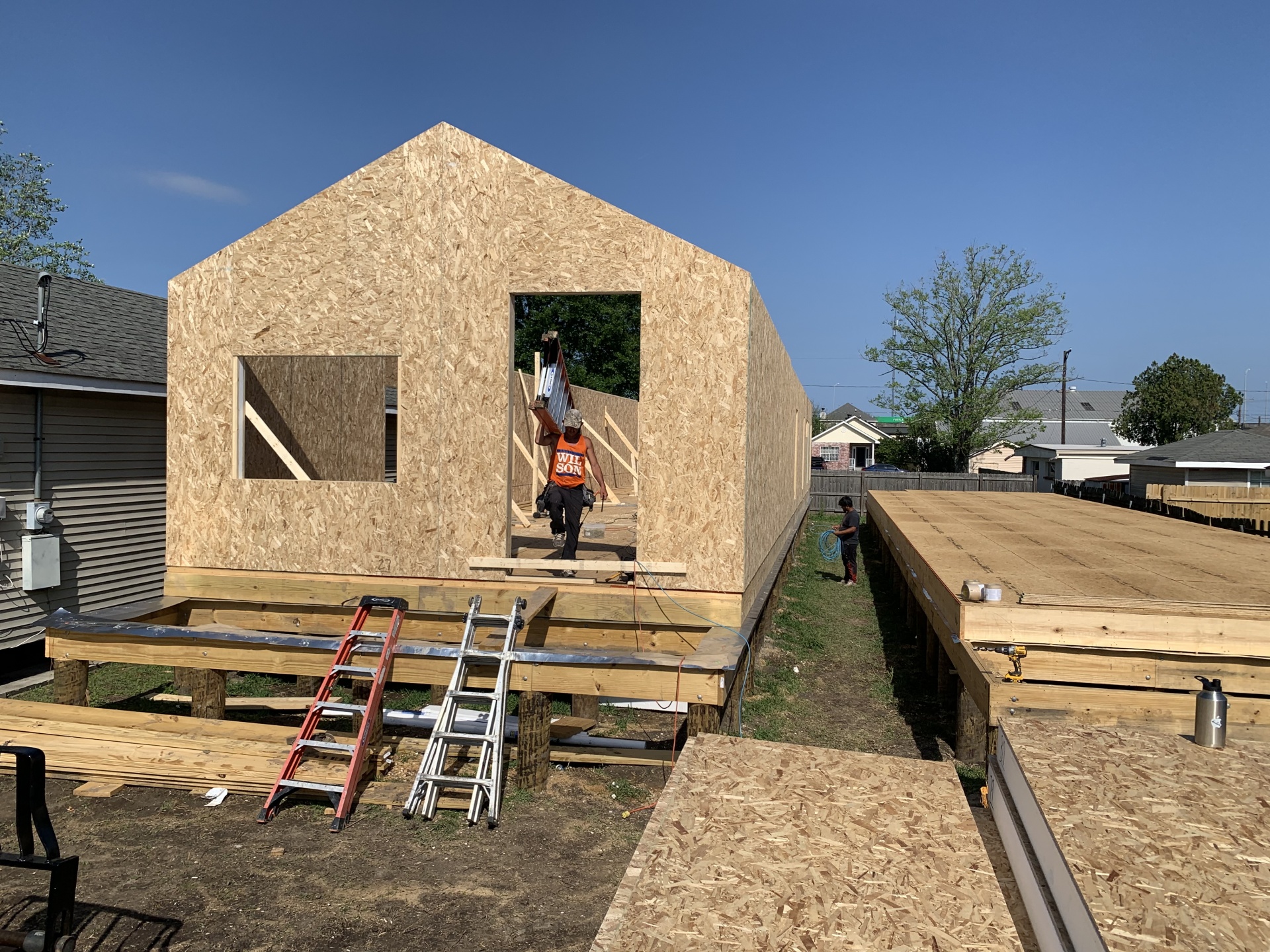

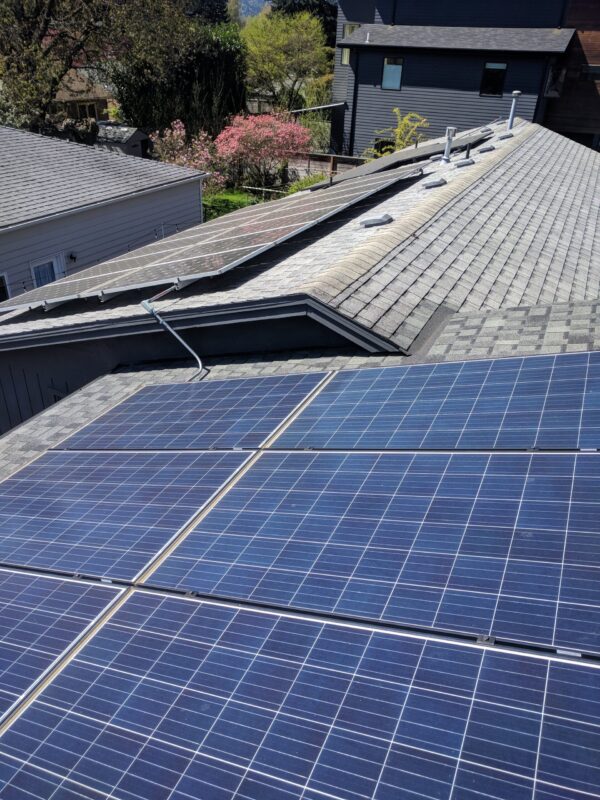
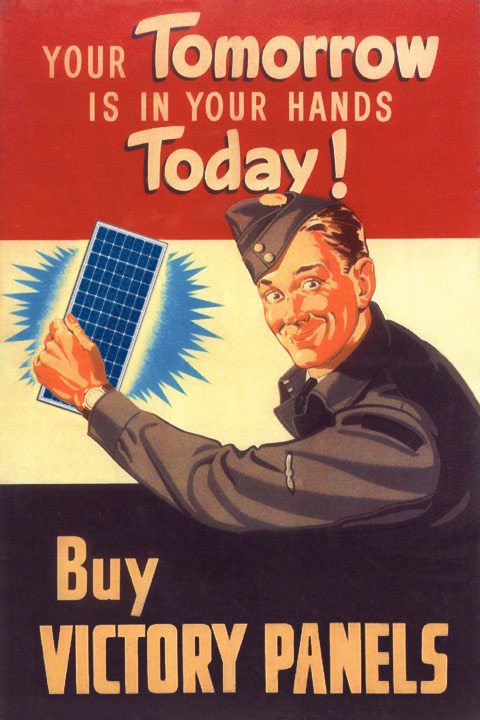

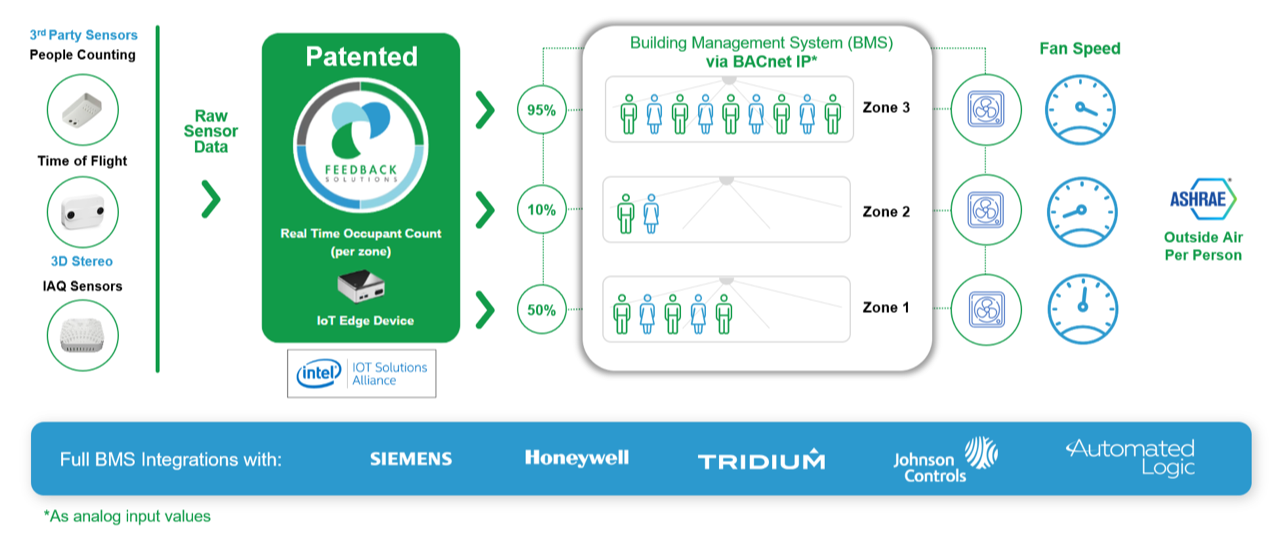


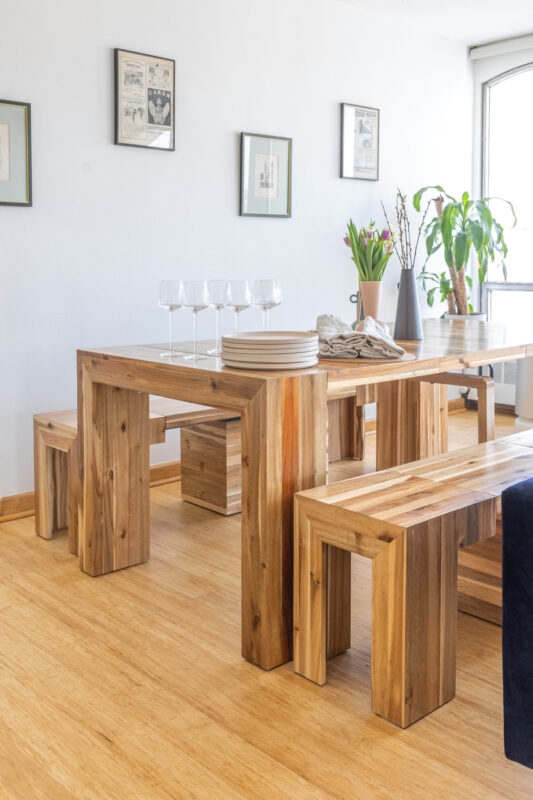 Whether they’re structure, infrastructure, or comfort and decor, we are selecting sustainable materials for how they will be used in our homes. It’s important to identify the key factors that impact how long you will utilize and enjoy a product. Here is where cost-effective and eco-friendly come into harmony. A product that is expensive to run is likely consuming energy and/or excessive resources and materials throughout its usable life. Interestingly, people are inclined to hold on to—or pass along for reuse—a product or building that functions flexibly, is durable, or brings delight. If you are less than satisfied, it’s likely headed for the curb no matter how much it cost.
Whether they’re structure, infrastructure, or comfort and decor, we are selecting sustainable materials for how they will be used in our homes. It’s important to identify the key factors that impact how long you will utilize and enjoy a product. Here is where cost-effective and eco-friendly come into harmony. A product that is expensive to run is likely consuming energy and/or excessive resources and materials throughout its usable life. Interestingly, people are inclined to hold on to—or pass along for reuse—a product or building that functions flexibly, is durable, or brings delight. If you are less than satisfied, it’s likely headed for the curb no matter how much it cost.